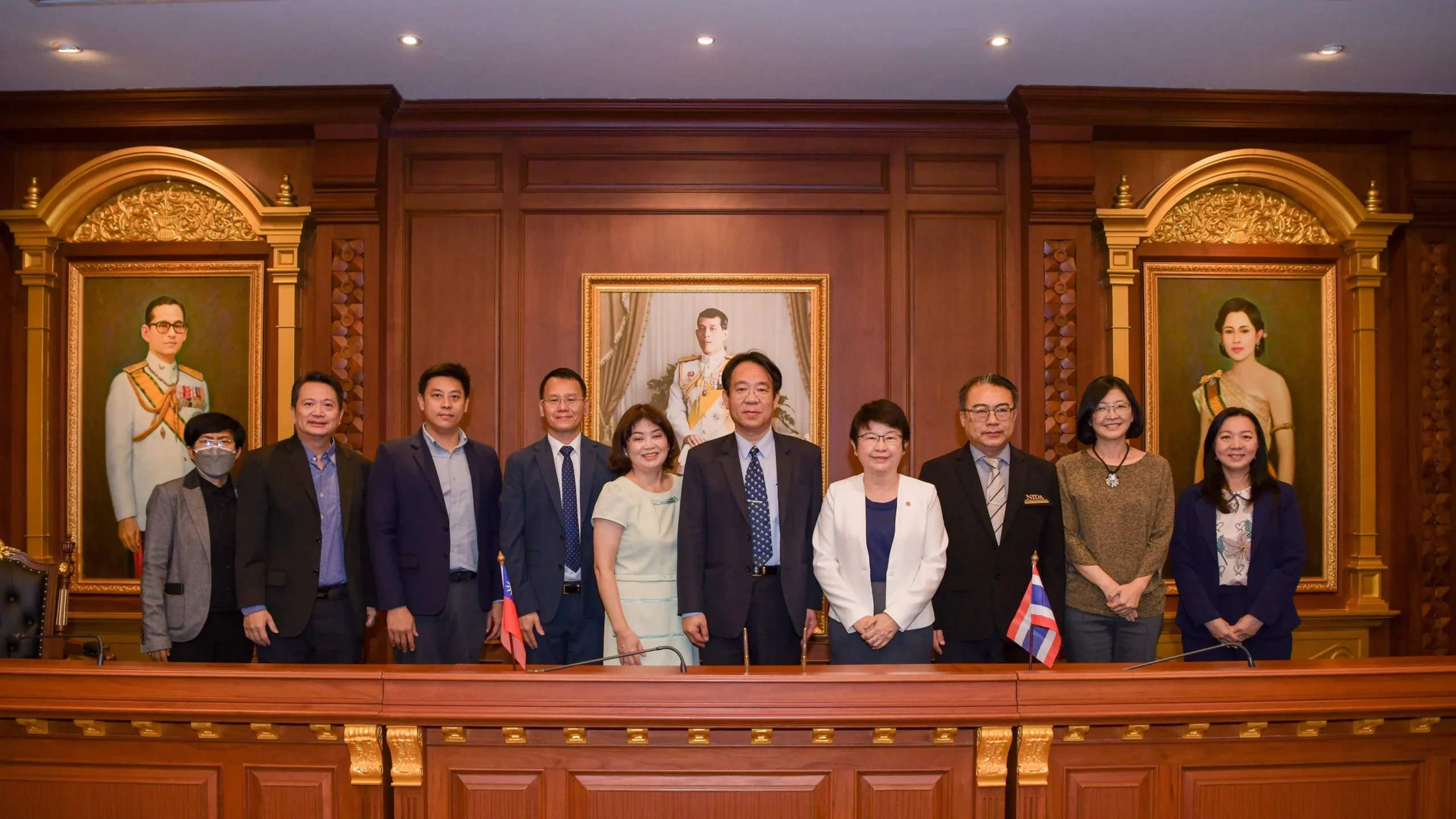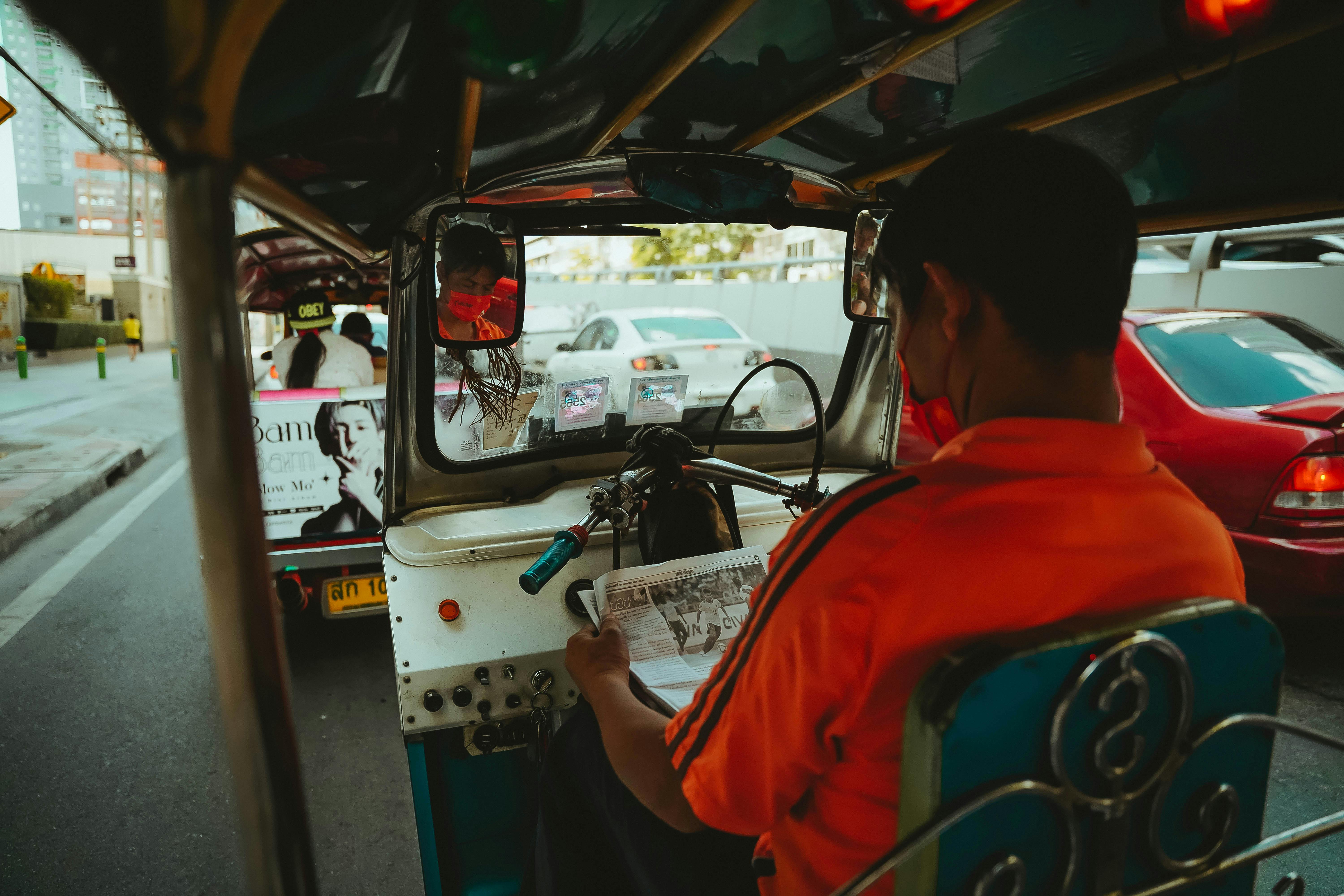Each gene pool includes all alleles for all traits of all individuals. Suppose the individuals with genotype rr die out before they reproduce. This may prevent the scholars from turning into tired of pulling buttons out of bags or confused by the different arithmetic required to mannequin every inhabitants. By partaking on this exercise, college students will gain insight right into a population at equilibrium and into natural choice as a pressure for biological adaptation. It’s just about impossible to see the way it acts and how selection could affect the frequency of alleles. I really don’t see what we use it for and the way it pertains to evolution. Strickberger W (1996) Evolution. Now, I can clarify to students what the principle is used for and how you can hyperlink it to other matters of evolution meaningfully. Teachers ought to remember that college students may misinterpret the graphs, focusing solely on two or three points and never noticing that there are fluctuations from generation to generation. You might want to eliminate white/white buttons from every era after the primary.
6. Now you will have 96 buttons in the offspring column representing the genotypes of the first offspring era. Each pair of buttons will produce 4 offspring; the genotypes of the offspring are determined in line with Mendel’s first legislation. The primary steps were taken at the beginning of the twentieth century, when Gregor Mendel’s work on inheritance in plants was rediscovered. 9. Put the buttons corresponding to the numbers from the first technology row back into the field and don’t forget to take away white/white buttons from the field because they die earlier than they are able to reproduce. 64/N; N is the sum of the three genotypes) to make the population size of the next technology remain at 64 (its initial inhabitants). Sort the offspring buttons into three groups: black/black, black/white and white/white. 1. Three kinds of button: black on black, black on white, and white on white (50 each). An opportunity encounter between a biologist and a mathematician on a cricket pitch some 50 years later played an important position in solving the problem.
Unable to resolve this latter problem, the British biologist Reginald Punnett asked G. Harold Hardy (with whom he played cricket) to help. Mr. R. C. Punnett has known as my consideration, counsel that it should be worth making… The mathematics for the evolving population requires some focus to understand and will take students a while to calculate. I know how to resolve Hardy-Weinberg issues and can explain the procedures to students but… Mertens TR (1992) Introducing students to population genetics and the Hardy-Weinberg Principle. Note: The students might find that, in some rounds, there is a single unpaired button left in the box after selecting pairs of buttons. The Hardy-Weinberg precept is one of the crucial troublesome subjects in evolution for many teachers and students (Mertens, 1992). They may feel threatened by mathematics and the quantitative aspects of population genetics, and could also be unable to apply the principle to make sense of evolutionary phenomena. Note to teachers: Teachers should assessment students’ understanding of Mendelian genetics, particularly monohybrid crosses, before running this train. ‘Hardy’s principle’ contributed in the direction of the reconciliation of Darwin’s natural selection with Mendelian genetics that developed progressively over the 1920s and thirties to kind our modern ideas about evolution.
 Buttons representing homozygous dominant and recessive, and heterozygous, Chulalongkorn University In Bangkok genotypes are used to review the understanding of Mendelian genetics and then to analyze how allele frequency modifications in stable and evolving populations. This ingenious idea for lively learning of a seemingly abstract idea simulates how the Hardy-Weinberg principle applies to both a stable and an evolving population. The exercise could be supreme as two separate classes: one for a stable inhabitants and one for an evolving population. When, almost a hundred and fifty years ago, Charles Darwin made public his idea of evolution by natural selection, the concept had one severe weakness. Rather than bolstering Darwin’s idea, nonetheless, these discoveries were taken by many to be incompatible with pure selection. Natural choice acts on organisms’ phenotypes: physical traits, metabolism, physiology and behaviour, “and adapts a inhabitants to its setting by growing or maintaining favorable genotypes within the gene pool” (Campbell & Reece, 2002). In a changing surroundings, pure selection favours any present genotypes which have already adapted to the new conditions. You need to have 32 pairs of genotypes in the parent column. 6. Discard all of the guardian buttons in the father or mother column.
Buttons representing homozygous dominant and recessive, and heterozygous, Chulalongkorn University In Bangkok genotypes are used to review the understanding of Mendelian genetics and then to analyze how allele frequency modifications in stable and evolving populations. This ingenious idea for lively learning of a seemingly abstract idea simulates how the Hardy-Weinberg principle applies to both a stable and an evolving population. The exercise could be supreme as two separate classes: one for a stable inhabitants and one for an evolving population. When, almost a hundred and fifty years ago, Charles Darwin made public his idea of evolution by natural selection, the concept had one severe weakness. Rather than bolstering Darwin’s idea, nonetheless, these discoveries were taken by many to be incompatible with pure selection. Natural choice acts on organisms’ phenotypes: physical traits, metabolism, physiology and behaviour, “and adapts a inhabitants to its setting by growing or maintaining favorable genotypes within the gene pool” (Campbell & Reece, 2002). In a changing surroundings, pure selection favours any present genotypes which have already adapted to the new conditions. You need to have 32 pairs of genotypes in the parent column. 6. Discard all of the guardian buttons in the father or mother column.
Should you loved this informative article and you would like to receive much more information about Kasetsart University In Bangkok Thailand kindly visit our own web-page.
 In 1908, Hardy and Weinberg constructed a mannequin of a population that was not evolving, and laid out the circumstances in which such a inhabitants would exist (Abedon, 2005): a large inhabitants dimension with no migration, no mutation, no pure selection, and random mating. When, nearly one hundred fifty years ago, Charles Darwin made public his principle of evolution by natural choice, the idea had one serious weakness. This ingenious idea for active studying of a seemingly summary concept simulates how the Hardy-Weinberg precept applies to each a stable and an evolving population. At any degree, the Hardy-Weinberg precept is a tough concept to know. Mertens TR (1992) Introducing college students to population genetics and the Hardy-Weinberg Principle. If we monitor allele frequencies in a inhabitants over a succession of generations and discover that the frequencies of alleles deviate from the values expected from the Hardy-Weinberg equilibrium, then the inhabitants is evolving. It is just about unattainable to see how it acts and the way choice may have an effect on the frequency of alleles.
In 1908, Hardy and Weinberg constructed a mannequin of a population that was not evolving, and laid out the circumstances in which such a inhabitants would exist (Abedon, 2005): a large inhabitants dimension with no migration, no mutation, no pure selection, and random mating. When, nearly one hundred fifty years ago, Charles Darwin made public his principle of evolution by natural choice, the idea had one serious weakness. This ingenious idea for active studying of a seemingly summary concept simulates how the Hardy-Weinberg precept applies to each a stable and an evolving population. At any degree, the Hardy-Weinberg precept is a tough concept to know. Mertens TR (1992) Introducing college students to population genetics and the Hardy-Weinberg Principle. If we monitor allele frequencies in a inhabitants over a succession of generations and discover that the frequencies of alleles deviate from the values expected from the Hardy-Weinberg equilibrium, then the inhabitants is evolving. It is just about unattainable to see how it acts and the way choice may have an effect on the frequency of alleles. Evolution is a change in allele frequency in a inhabitants over a time frame (Skelton, 1993; Strickberger, 1996). A inhabitants is a bunch of people of the same species in a given space whose members can interbreed and hence share a regular group of genes known as a gene pool. The allele – dominant or recessive – that is chosen out is decided by the environmental circumstances on the time. However, not all selections would result in a progressive decrease in a recessive allele. It wasn’t
Evolution is a change in allele frequency in a inhabitants over a time frame (Skelton, 1993; Strickberger, 1996). A inhabitants is a bunch of people of the same species in a given space whose members can interbreed and hence share a regular group of genes known as a gene pool. The allele – dominant or recessive – that is chosen out is decided by the environmental circumstances on the time. However, not all selections would result in a progressive decrease in a recessive allele. It wasn’t  You would possibly wish to remove white/white buttons from every era after the primary. Teachers ought to do not forget that students may misinterpret the graphs, focusing solely on two or three factors and not noticing that there are fluctuations from era to period. Obviously, “Nida
You would possibly wish to remove white/white buttons from every era after the primary. Teachers ought to do not forget that students may misinterpret the graphs, focusing solely on two or three factors and not noticing that there are fluctuations from era to period. Obviously, “Nida 
 The points made about allele selection would raise awareness of some dominant and recessive genetic diseases and could be used for further analysis, maybe linking them into genetic engineering and genetic prognosis and, if time permits, debates on the ethics of choice. After conducting the second experiment, some students would possibly conclude that pure selection all the time will increase the frequency of a dominant allele and decreases the frequency of a recessive allele in a population. Will a dominant allele of a trait at all times have the best frequency in a population and a recessive allele all the time have the bottom frequency? By participating in this activity, college students will achieve insight right into a inhabitants at equilibrium and into natural selection as a drive for biological adaptation. Students may have to apply Mendelian regulation and mathematical abilities to make sense of the data and interpret the results. “I am reluctant to intrude in a dialogue concerning issues of which I don’t have any expert data, and i should have anticipated the very simple level which I want to make to have been acquainted to biologists.
The points made about allele selection would raise awareness of some dominant and recessive genetic diseases and could be used for further analysis, maybe linking them into genetic engineering and genetic prognosis and, if time permits, debates on the ethics of choice. After conducting the second experiment, some students would possibly conclude that pure selection all the time will increase the frequency of a dominant allele and decreases the frequency of a recessive allele in a population. Will a dominant allele of a trait at all times have the best frequency in a population and a recessive allele all the time have the bottom frequency? By participating in this activity, college students will achieve insight right into a inhabitants at equilibrium and into natural selection as a drive for biological adaptation. Students may have to apply Mendelian regulation and mathematical abilities to make sense of the data and interpret the results. “I am reluctant to intrude in a dialogue concerning issues of which I don’t have any expert data, and i should have anticipated the very simple level which I want to make to have been acquainted to biologists.

 Note: The students may find that, in some rounds, there is a single unpaired button left within the field after selecting pairs of buttons. 5. From your spare buttons, find people who represent the genotypes of the offspring. 4. Calculate the genotypes of all offspring and write them in the offspring column of Table 1. Discard the guardian buttons. These 128 buttons symbolize the genotypes of the primary offspring (generation 1) in a community. You might want to remove white/white buttons from every era after the primary. Counting Buttons is an example of how to show biology in an integrated trend and to use mathematics to make sense of complicated biological phenomena. “Counting Buttons helped me make sense of the Hardy-Weinberg precept. Counting Buttons is an easy and concrete strategy to demonstrate the Hardy-Weinberg precept. Lots of them surprise in regards to the relevance of the Hardy-Weinberg precept to understanding evolution. Pongprapan Pongsophon, Vantipa Roadrangka and Alison Campbell from Kasetsart University in Bangkok –
Note: The students may find that, in some rounds, there is a single unpaired button left within the field after selecting pairs of buttons. 5. From your spare buttons, find people who represent the genotypes of the offspring. 4. Calculate the genotypes of all offspring and write them in the offspring column of Table 1. Discard the guardian buttons. These 128 buttons symbolize the genotypes of the primary offspring (generation 1) in a community. You might want to remove white/white buttons from every era after the primary. Counting Buttons is an example of how to show biology in an integrated trend and to use mathematics to make sense of complicated biological phenomena. “Counting Buttons helped me make sense of the Hardy-Weinberg precept. Counting Buttons is an easy and concrete strategy to demonstrate the Hardy-Weinberg precept. Lots of them surprise in regards to the relevance of the Hardy-Weinberg precept to understanding evolution. Pongprapan Pongsophon, Vantipa Roadrangka and Alison Campbell from Kasetsart University in Bangkok –